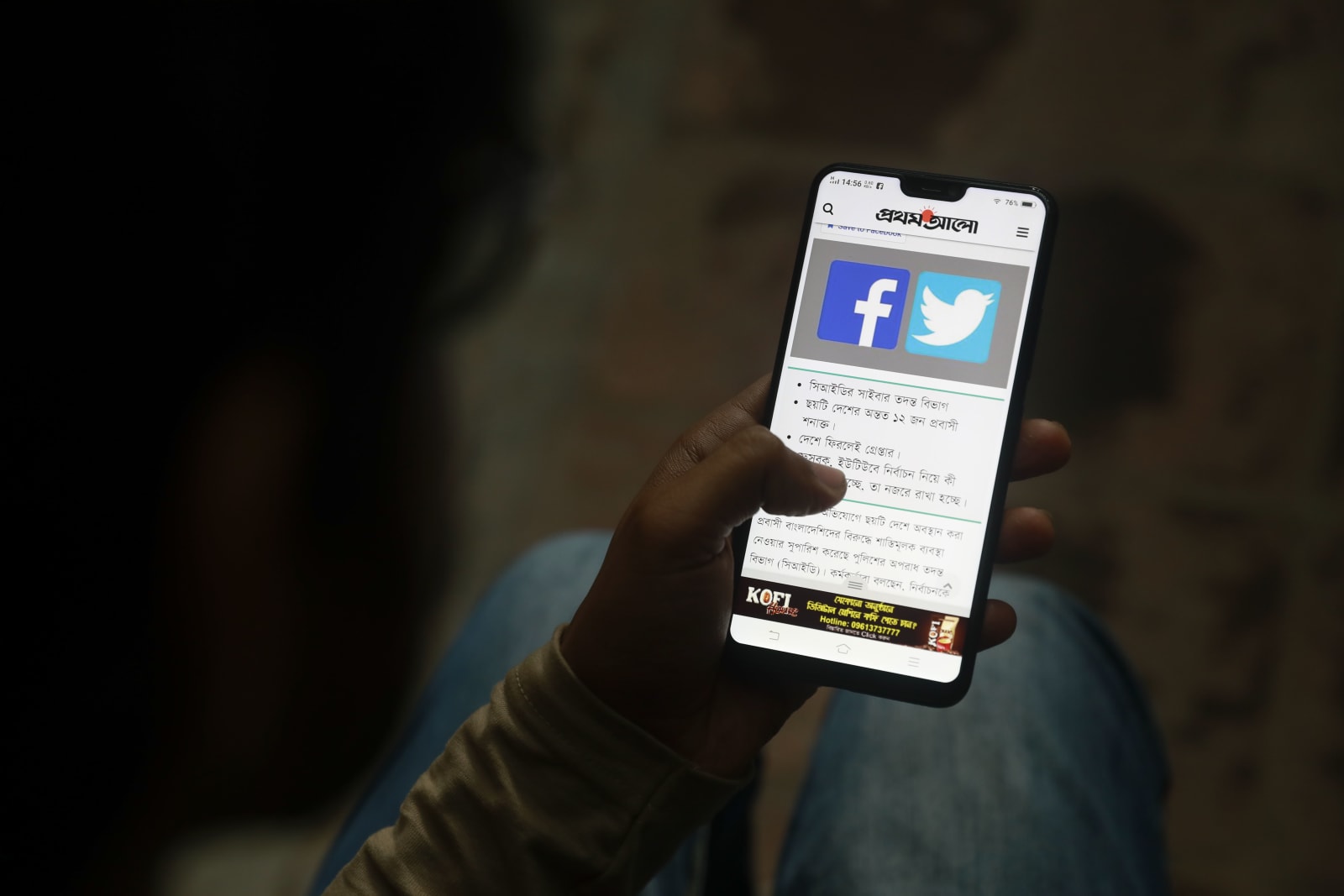
The international mobile hotspot rental market just got a lot more interesting. While Xcom Global's offerings are still broader, Tep Wireless is expanding in a major way. Previously reserved for European nations, the upstart is now serving a full 50 nations, adding Brazil, the United States, South Africa, Singapore, China, Hong Kong, Indonesia, Australia, Bahrain, Israel, Kenya, Malaysia, Mexico, New Zealand, Russia, Sri Lanka, Thailand and UAE to its repertoire. For those in need of a refresher, the company enables customers facing an international trip to order their hotspot and get it delivered prior to departure, with a prepaid envelope included to ship it back once they've returned.
The company's made clear that its hotspots will track data usage in real time right on the inbuilt display, and they're programmed to hop onto different networks as borders are crossed. (If you're curious, we confirmed that it all works as advertised in a recent jaunt across European borders.) The full pricing chart fo is hosted up after the break, with those needing unlimited buckets able to pay a $6.95-per day surcharge. (It should be noted that the preexisting EU-wide pricing options remain for those sticking to that region.) It'll probably look a touch pricey to light users and common tourists, but business travelers unwilling to take chances on connectivity when heading overseas will find the rates far more palatable than roaming fees from their home carrier.
Continue reading Tep Wireless expands mobile hotspot rental plan to 50 countries, revamps pricing
Filed under: Cellphones, Internet, Mobile
Tep Wireless expands mobile hotspot rental plan to 50 countries, revamps pricing originally appeared on Engadget on Tue, 02 Oct 2012 06:00:00 EDT. Please see our terms for use of feeds.
Permalink |
 Tep Wireless
Tep Wireless |
Email this |
Comments
 The Bangladeshi government isn't just counting on Facebook and Twitter crackdowns to protect its December 30th parliamentary election. The country's Telecommunication Regulatory Commission has shut down 3G and 4G mobile data to "prevent rumors and...
The Bangladeshi government isn't just counting on Facebook and Twitter crackdowns to protect its December 30th parliamentary election. The country's Telecommunication Regulatory Commission has shut down 3G and 4G mobile data to "prevent rumors and...
 The Bangladeshi government isn't just counting on Facebook and Twitter crackdowns to protect its December 30th parliamentary election. The country's Telecommunication Regulatory Commission has shut down 3G and 4G mobile data to "prevent rumors and...
The Bangladeshi government isn't just counting on Facebook and Twitter crackdowns to protect its December 30th parliamentary election. The country's Telecommunication Regulatory Commission has shut down 3G and 4G mobile data to "prevent rumors and...
 If you live in or often visit Minneapolis, Ookla has good news for you: the company says that locale tops the list of US cities with the fastest mobile internet, with a mean download speed of 44.92 Mbps. Ookla, which analyzed data from its Speedtest...
If you live in or often visit Minneapolis, Ookla has good news for you: the company says that locale tops the list of US cities with the fastest mobile internet, with a mean download speed of 44.92 Mbps. Ookla, which analyzed data from its Speedtest...
 You might turn off your home internet or cell network on occasion to disconnect and have some down time, but it's likely that your country isn't doing it for you. According to The Guardian and the BBC, Bali is shutting off the net country wide for 24...
You might turn off your home internet or cell network on occasion to disconnect and have some down time, but it's likely that your country isn't doing it for you. According to The Guardian and the BBC, Bali is shutting off the net country wide for 24...













